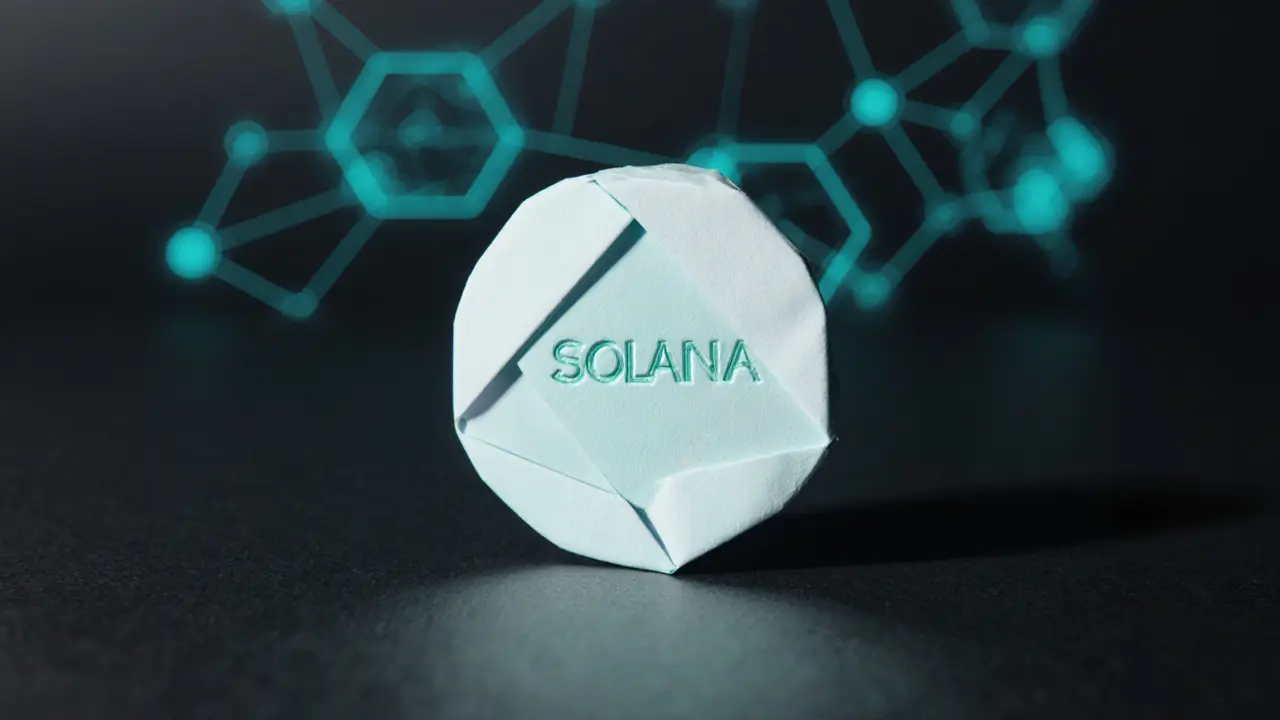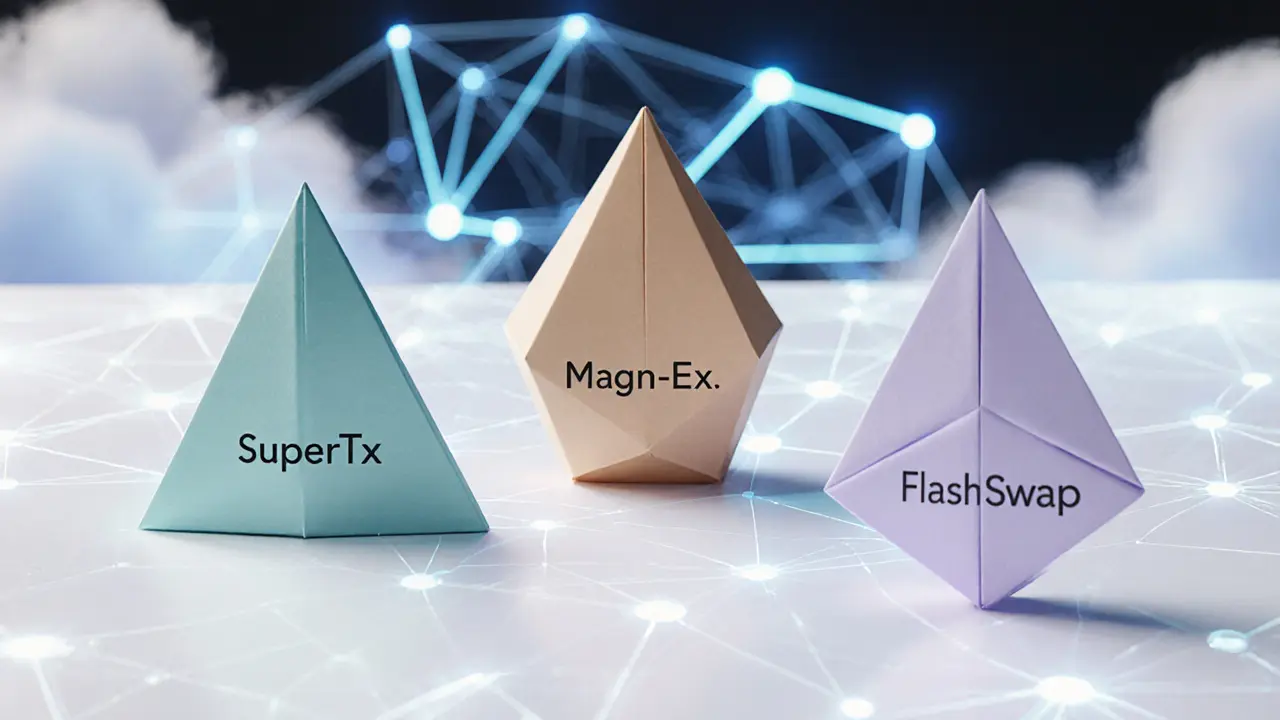Decentralized Exchange (DEX) – Everything You Need to Know
The world of decentralized exchange is reshaping crypto trading by removing middlemen and letting users swap tokens directly. When you explore decentralized exchange, a peer‑to‑peer platform that matches buyers and sellers on‑chain. Also known as DEX, it relies on smart contracts to automate order execution and keep custody in the user's own wallet.
One core building block of any DEX is the liquidity pool, a collection of token reserves that fuels instant trades. Liquidity pools enable the token swap process without an order book, and they generate fees for contributors. The Automated Market Maker (AMM), the algorithm that sets prices based on pool ratios influences every trade, making price discovery a continuous, on‑chain activity.
Why DEXs Matter in DeFi
DEXs are a cornerstone of the broader decentralized finance (DeFi) ecosystem. They require smart contracts, enable permissionless access, and support governance tokens that let users vote on fee structures or new features. Compared with centralized exchanges, DEXs face fewer geographic restrictions, no KYC bottlenecks, and they let developers plug in new assets instantly. This flexibility explains why projects like ApeSwap, SpiritSwap, and Trisolaris constantly pop up in our reviews.
When you read the collection below, you’ll see practical examples of how different DEXs handle liquidity, security, and fees. Some, like ApeSwap on Arbitrum, struggle with low volume, while others, such as SpiritSwap on Fantom, offer competitive yields through yield‑farming incentives. Understanding the relationship between liquidity pools, AMMs, and token swaps helps you judge whether a DEX is worth the risk or a good place to earn fees.
Below you’ll find in‑depth guides, performance breakdowns, and safety checklists for a variety of decentralized exchanges. Use them to compare features, spot hidden costs, and decide which platform fits your trading style.







